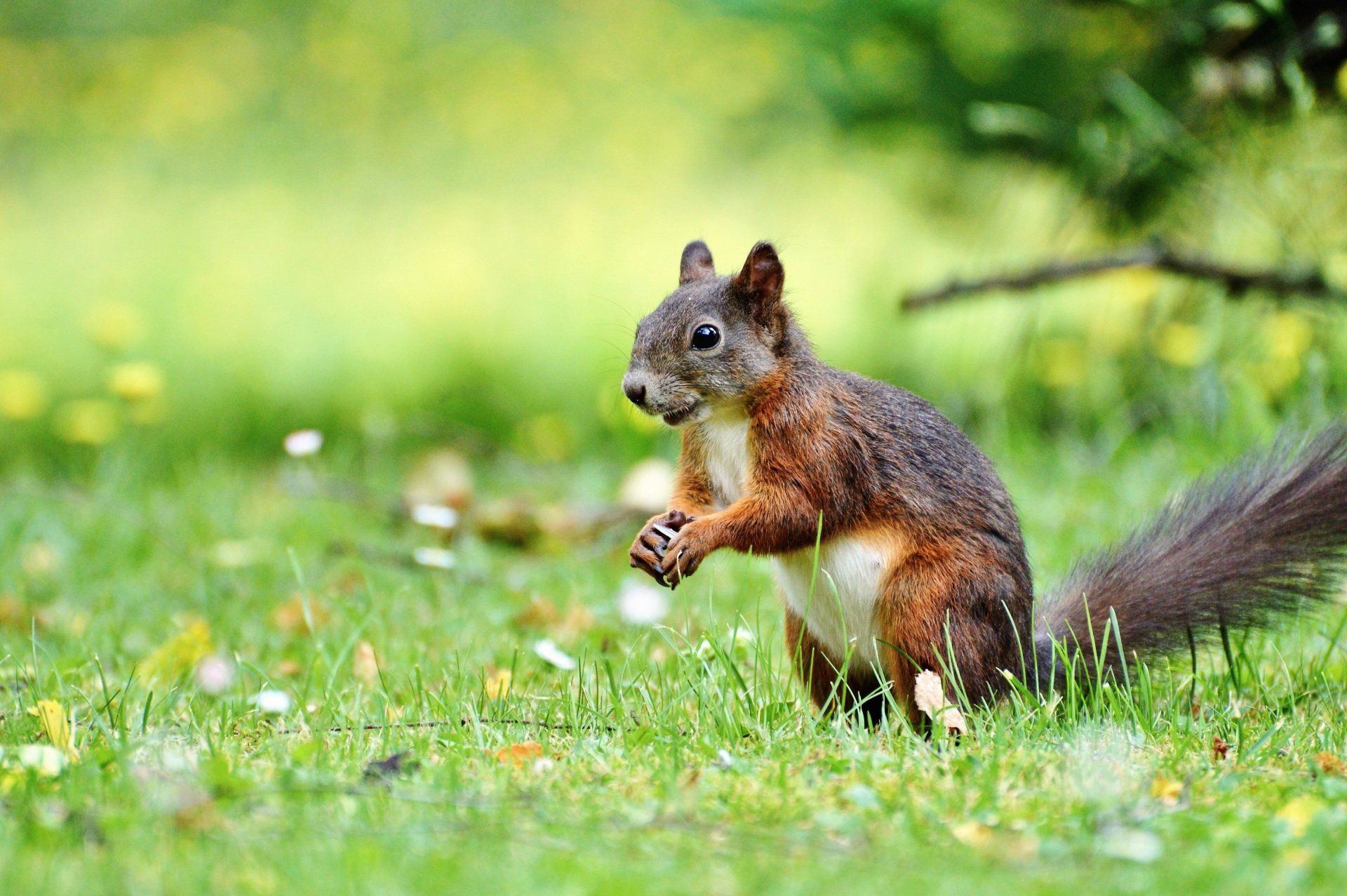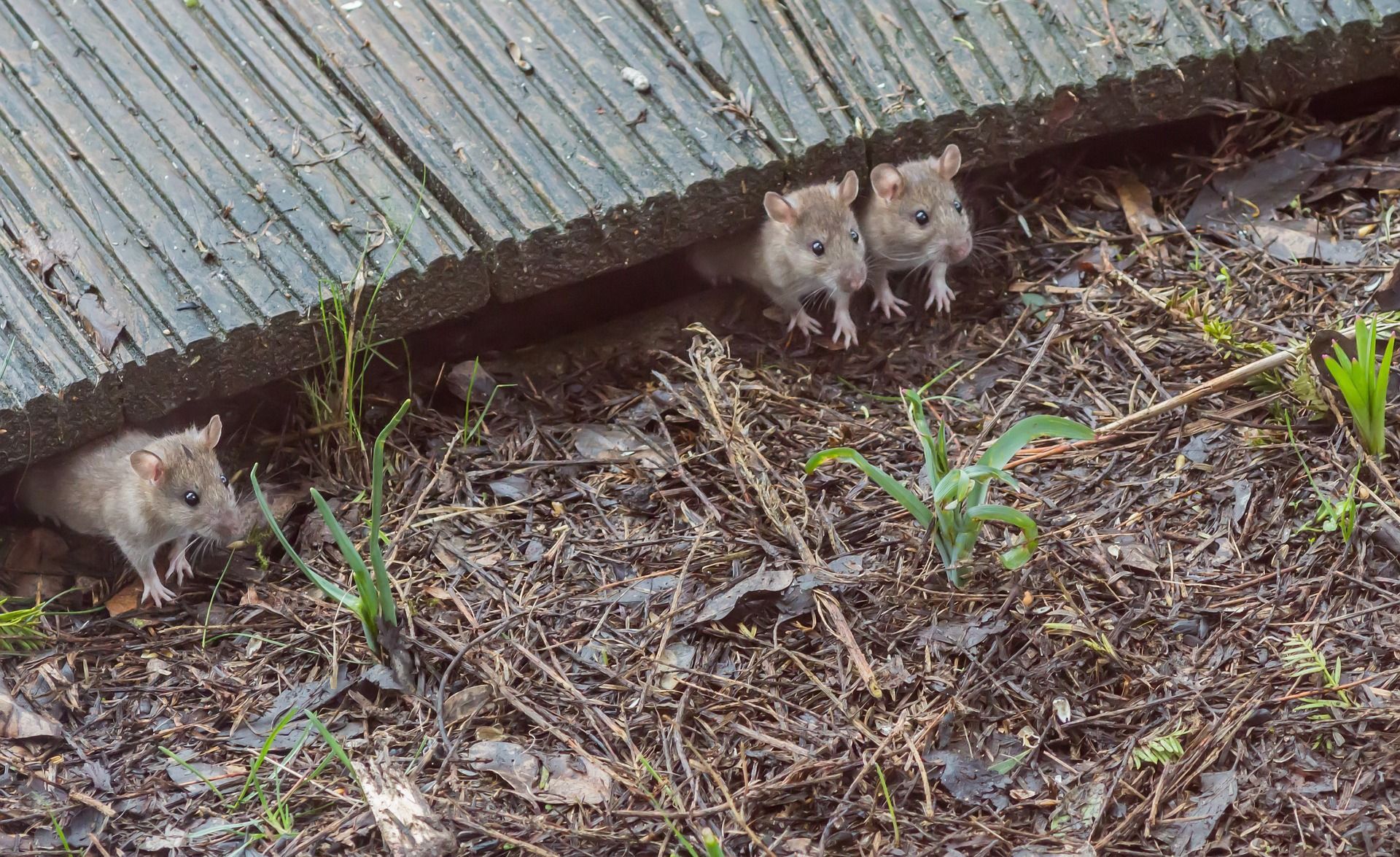Summertime Rodents and How to Deter Them
As the spring breeding season ends, how can you protect your property from the increased rodent population?

Barbecues, pool parties, camping, and garden maintenance; all key parts of a successful summer, but all your summer fun may come with some uninvited guests. Rodents across North America are at their highest populations during the summertime, as their breeding season has just come to an end. Given this massive annual surge in population, there is an equal growth in food demand for these little critters and your home and garden can be perfect sources to feed these pests.
Rodents that are active in the summer
across North America include mice, rats, gophers, beavers, chipmunks, rabbits, squirrels, and more. Although many of these critters are cute to the average eye, the damage they can cause can be devastating. This threat to our home and gardens is heightened during the summertime when most rodents have finished their breeding seasons, which can result in up to 80 offspring from a single mother. While not every litter will survive in-whole, this population boom creates a massive demand for food. Despite most rodents choosing to stay outside during the warmer months, your property can still fall victim to rodents seeking resources to build nests or sustenance.
Your garden is a prime food source
for any and all rodents. Being that most rodents are herbivorous, the tasty greens and flowers you have growing just feet from your home are a prime feeding ground for pests. Like all animals, rodents do have favorite foods.
- Mice are especially fond of sunflowers and leafy greens
- Chipmunks favor the bulbs of flowers, but have an aversion to daffodils
- Squirrels have a similar palate to chipmunks, enjoying bulbs such as tulips
- Rabbits are among the most easily pleased rodents, eating most any leafy greens including grasses, herbs, and most flowers.
- Gophers prefer to eat roots and fleshy portions of plants, especially tubers like potatoes
- Beavers tend to stick to bark and twigs, but will also eat water flora such as water lilies and cattails
Avoiding bulbing flowers and interspersing daffodils may help cut down on rodent presence in your gardens, but chances are good that if you have plant material up for grabs, a rodent will find its way to it. This becomes especially true if you are not often active in your greenspaces, as the scent of humans and domestic dogs and cats help deter rodents by signifying the environment as an unsafe space to the critter. Although your home may be obviously active with human or pet activity, the likely discovery of food for a rodent can make entering your home a worthwhile risk for the critter to assume.
While the rodent population booms around North America, what is the most foolproof way to deter them from invading your home and garden?
Critter-Repellent.
Critter-Repellent is a 100% natural solution to pest prevention any time of year. Critter-Repellent guarantees prolonged results in keeping your garden pest-free by utilizing the scent markers of rodents’ natural predators without introducing any harm to the animals. 100% non-toxic and cruelty free.
To learn more about the Critter-Repellent family of products, check out our
products page.
Critter Repellent All Natural Animal Repellent Blog












